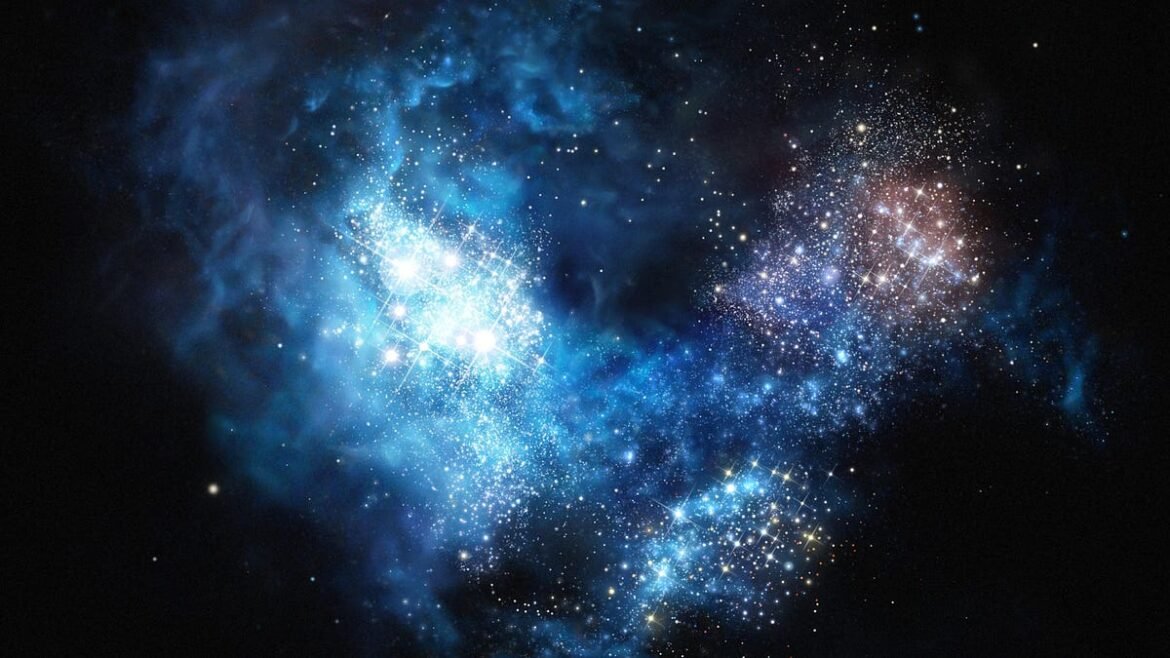Even after the first stars form, those overdense regions gravitationally attract matter and also merge. Here’s how they grow into galaxies.
Whenever you look out beyond the Milky Way today, as far as anyone’s ever been able to see, there’s no place you can look where you won’t eventually find a galaxy. There are galaxies absolutely everywhere, in all directions and locations, even at the greatest cosmic distances ever probed. Even if you were to take a dark patch of sky without any known stars, galaxies, or matter of any type within it, if you leave your telescope’s shutter long enough and you look in the proper wavelengths of light, thousands upon thousands of galaxies will be your reward. All told, there are estimated to be many trillions of galaxies found within the observable Universe, stretching for tens of billions of light years in all directions.
Yet, despite all the galaxies we’ve observed and measured their properties, never have we gone far enough back to encounter the very first ones ever made in the Universe. The current record-holder, despite its light arriving from when the Universe was only 320 million years old — 2.3% of its present age — is already evolved and full of old stars. The very first galaxies have not yet been discovered, and must come from a time earlier than the epochs humanity has ever probed. But if we get lucky, we’ll get there soon. Here’s what those galaxies should be like.
The galaxies we see today, even the earliest, most distant ones, are already old. They’re massive, they’re huge, and they’re full of a variety of stars. For the most part, there are lots of heavy elements in there: approximately 1–2% of all the atoms present in most galaxies (by mass/weight) are composed of materials other than hydrogen or helium. That’s a big deal, considering that the Universe was born without carbon, nitrogen, oxygen, silicon, sulfur, iron, or practically any of the elements we find in stars and galaxies today. It was 99.999999% hydrogen and helium to start, but that’s down to 98–99% by today.

